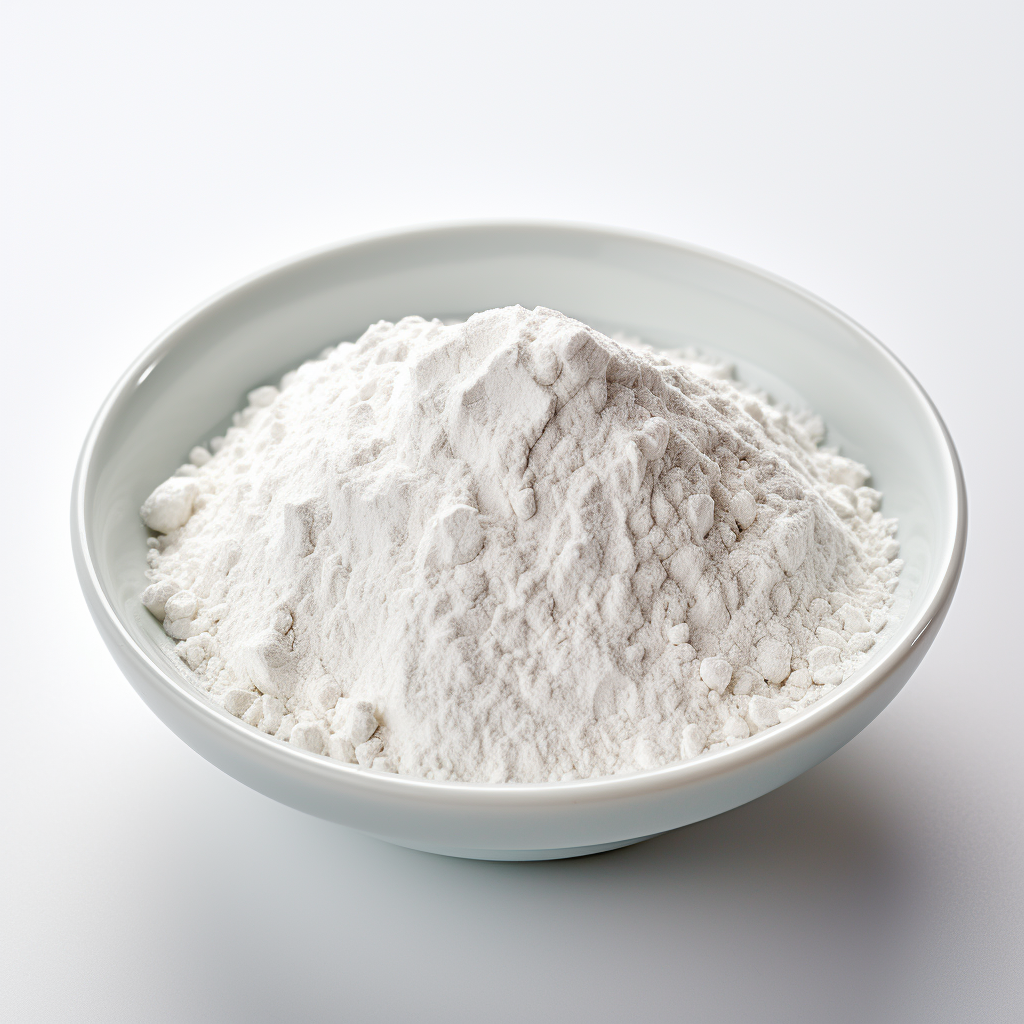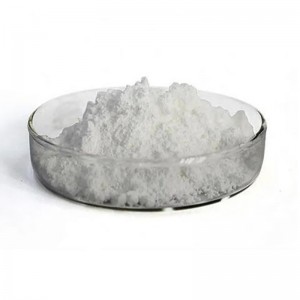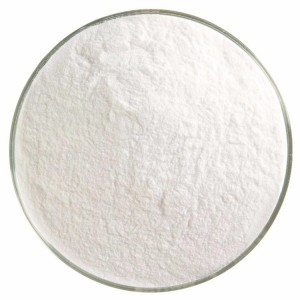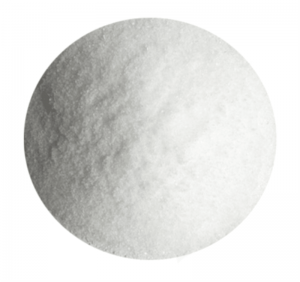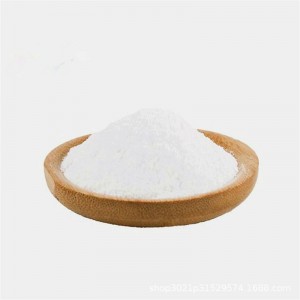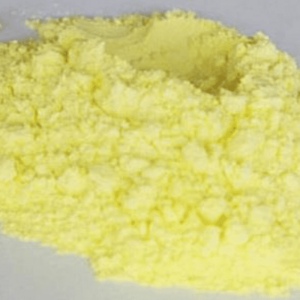| Basic Information | |
| Product name | Cefuroxime Axetil |
| CAS No. | 55268-75-2 |
| Color | White to Off-White |
| Form | Neat |
| Stability: | DMSO (Slightly), Methanol (Slightly) |
| Water Solubility | 145mg/L at 25℃ |
| Storage | 2-8°C |
| Shelf Life | 2 Years |
| Package | 25kg/Drum |
Product Description
Cefuroxime axetil is a second-generation cephalosporin antibiotic. After oral absorption through the gastrointestinal tract, it rapidly hydrolyzes into cefuroxime under the action of esterase and exerts antibacterial effects. The activity against Gram positive cocci is similar or slightly inferior to that of first generation cephalosporins, but it appears quite stable against β - lactases produced by Staphylococcus and Gram negative bacilli. Except for methicillin-resistant Staphylococcus, Enterococcus, and Listeria, all other positive cocci (including anaerobic cocci) are sensitive to this product. The antibacterial activity of this product against Staphylococcus aureus is inferior to that of cefazolin. 1-2mg/L of this product can inhibit both penicillin sensitive and resistant Staphylococcus aureus. Has strong antibacterial activity against Haemophilus influenzae, and is sensitive to Escherichia coli, Proteus mirabilis, and other bacteria; Indole positive Proteobacter, Citrobacter, and Acinetobacter have poor sensitivity to this product, while most Serratia are resistant. Pseudomonas aeruginosa, Campylobacter, and Bacteroidetes fragilis are resistant to this product. The mechanism of action of this product is to inhibit the synthesis of bacterial cell walls.
Application
Cefuroxime is suitable for adult acute pharyngitis or tonsillitis, acute otitis media, maxillary sinusitis, acute exacerbation of chronic bronchitis, acute bronchitis, simple urinary tract infections, skin and soft tissue infections, and uncomplicated Neisseria gonorrhoeae urethritis and cervicitis caused by hemolytic streptococcus, Staphylococcus aureus (excluding methicillin-resistant strains), and sensitive strains of Enterobacteriaceae such as Haemophilus influenzae, Escherichia coli, Klebsiella pneumoniae, and Proteus mirabilis. Childhood pharyngitis or tonsillitis, acute otitis media, and pustulosis.

